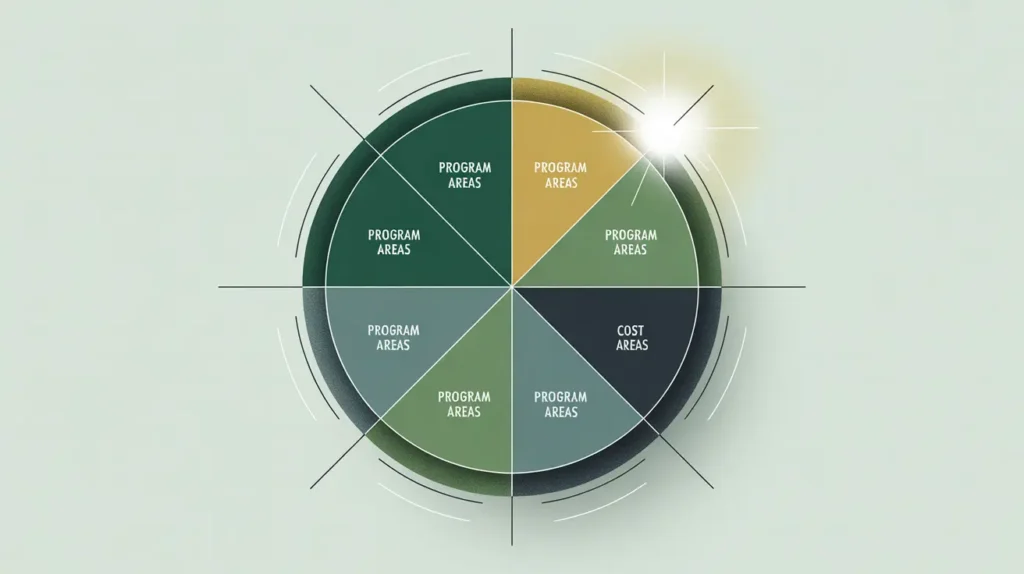Importance of Cost-Benefit Analysis
Cost-benefit analysis (CBA) nonprofits determine whether the financial and social benefits of a program outweigh its costs. This matters because organizations must make decisions about which initiatives to pursue, expand, or discontinue in contexts where resources are limited. For nonprofits in social innovation and international development, CBA is particularly useful for demonstrating to donors, policymakers, and communities that an intervention not only achieves outcomes but does so in a way that generates net positive value. Boards and funders use CBA to guide investment decisions and assess long-term sustainability.
Definition and Features
Cost-benefit analysis is defined as a method of comparing the total expected costs of an intervention with the total expected benefits, both quantified in monetary terms. Key features include:
- Formula: Net Benefit = Total Benefits 6 Total Costs; or expressed as a Benefit-Cost Ratio.
- Quantification of Benefits: attempts to assign monetary values to outcomes such as improved health, increased income, or reduced social costs.
- Decision Tool: used to assess whether benefits justify the investment.
- Sensitivity Testing: explores how results change under different assumptions.
CBA differs from cost effectiveness analysis by monetizing outcomes, not just counting them, making it broader but also more complex and assumption-dependent.
How This Works in Practice
In practice, nonprofits apply CBA when planning or evaluating large-scale programs. For example, an education program costing $1 million may be estimated to generate $5 million in increased lifetime earnings for its graduates. The benefit-cost ratio of 5:1 indicates strong justification for the investment. Finance teams work with monitoring and evaluation staff, economists, or external evaluators to assign values to outcomes and validate assumptions. Boards and donors may request CBA for programs requiring significant capital or multi-year commitments.
Implications for Social Innovation
For nonprofits in social innovation and international development, cost-benefit analysis provides a powerful way to demonstrate impact in financial terms that resonate with funders and policymakers. Transparent reporting reduces information asymmetry by showing stakeholders not just what an intervention costs but what it returns to society. Donors often see CBA as evidence of rigorous, data-driven stewardship of resources. However, nonprofits must also acknowledge the limitations of monetizing social outcomes, which can undervalue intangible or long-term benefits. By applying CBA thoughtfully, nonprofits can strengthen their case for investment, prioritize high-value initiatives, and contribute to more systemic, evidence-based change.







